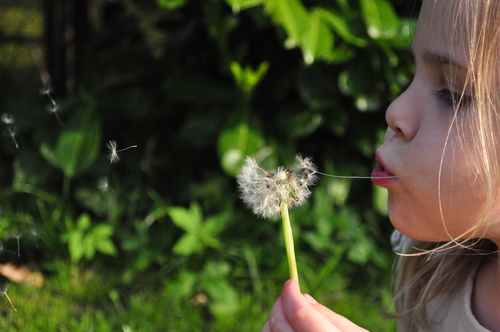Urban residential greenness appears to affect respiratory diseases differently in different bio-geographical regions, reports new research published in the European Respiratory Journal.
Researchers studied a cohort of 2,472 children in two bio-geographical regions in Spain [Euro-Siberian and Mediterranean], using parental questionnaire data on wheezing, bronchitis, asthma and allergic rhinitis until the age of 4 years, to investigate the association between respiratory health and the availability and accessibility of green space in the living environment.
To estimate environmental exposure, researchers measured residential surrounding greenness and residential proximity to green spaces, but noted that surrounding greenness does not necessarily imply increased access to green space. Surrounding ‘grey area’, including the built environment and NO₂ emissions, and was also observed.
The data indicated contrasting associations between the different bio-geographical regions; higher residential surrounding greenness and higher proximity to green spaces appeared to be associated with reduced a risk of wheezing in the Euro-Siberian, but not in the Mediterranean region.
Contrastingly, higher residential proximity to green spaces appeared to be associated with a reduced risk of bronchitis in the Mediterranean region, but not in the Euro-Siberian region. The authors also argue that a higher grey index enhanced the risk for bronchitis among subjects from the Mediterranean region.
Dr Lasse Ruokolainen has written an accompanying editorial in the ERJ that debates whether green living environments do in fact protect from against allergy, and discusses this new research in more detail.





